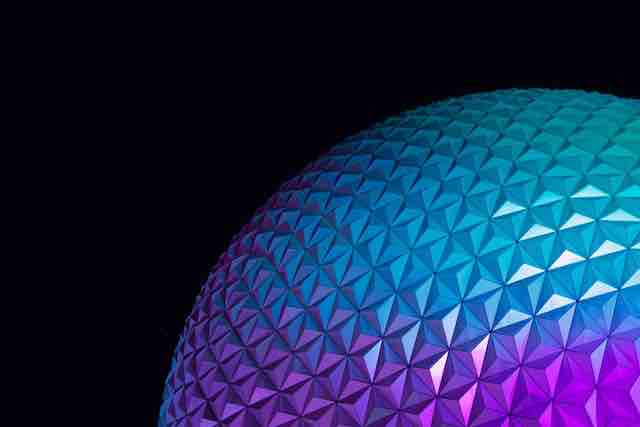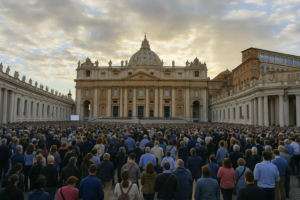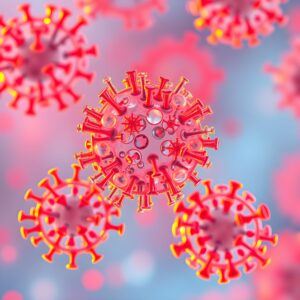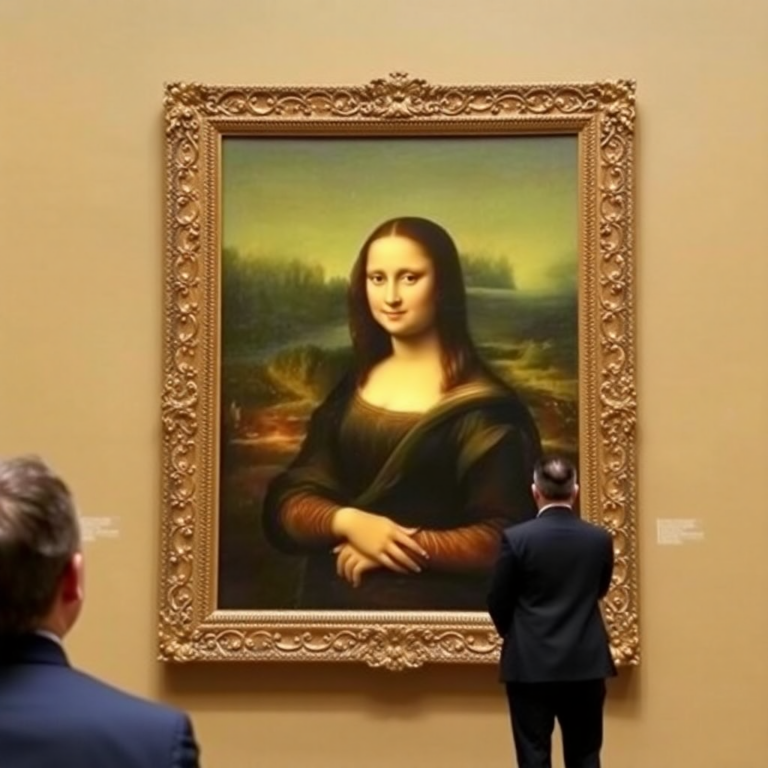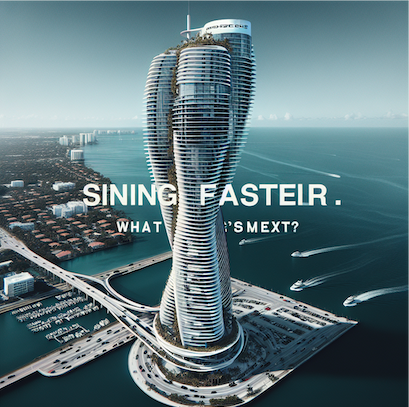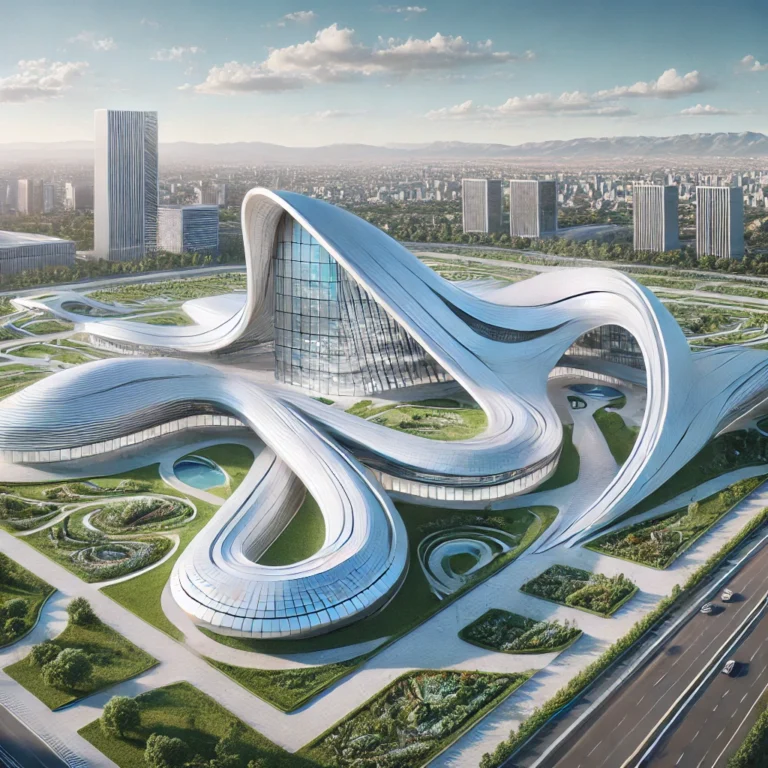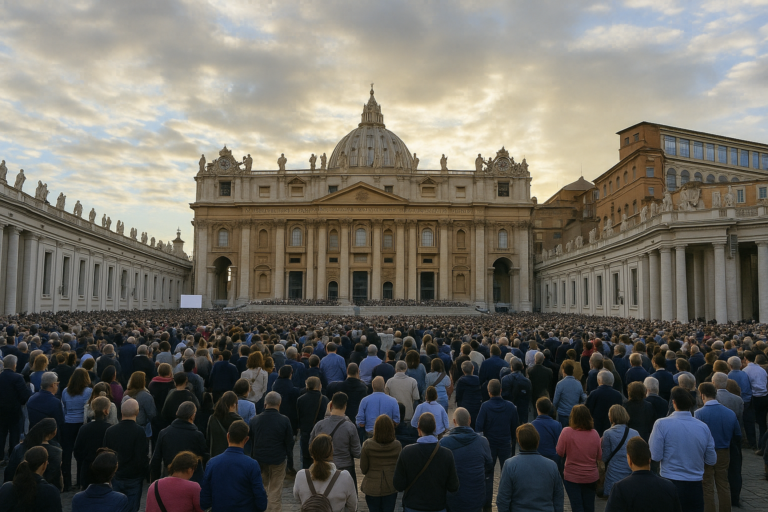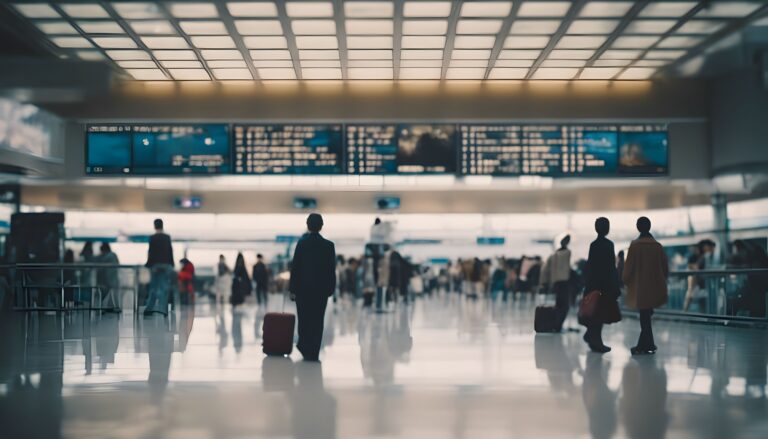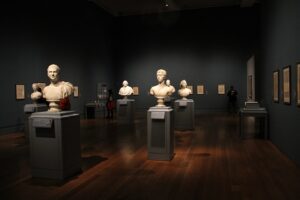The global push for sustainability and urban regeneration is driving architects and city planners to think out of the box, and the transformation of a former oil refinery in Hangzhou, China is no exception. Dutch architecture firm MVRDV has turned this once-industrial site into an energy-neutral cultural park, combining sustainable design, innovative green solutions, and a mix of cultural and recreational facilities that breathe new life into the area.
A Green Vision for Hangzhou
MVRDV, an internationally renowned architecture and urban planning firm, has taken the challenge of converting a defunct oil refinery into a sustainable urban oasis. The project, named Hangzhou Cultural Park, spans 49.7 hectares and showcases a unique blend of modern architecture, green spaces, and energy-efficient design principles.
Energy-Neutral Design Elements
Central to the project’s success is its energy-neutral status. The park features cutting-edge renewable energy systems, including solar panels, wind turbines, and geothermal energy. These green energy sources supply the park’s electricity needs while reducing its carbon footprint.
The buildings within the park are designed to minimize energy consumption, featuring green roofs, natural ventilation, and energy-efficient lighting. Rainwater harvesting systems and efficient waste management strategies further contribute to the park’s eco-friendly design.
Cultural and Recreational Facilities
Hangzhou Cultural Park offers an array of facilities that cater to various interests. The centerpiece is a state-of-the-art theater, which hosts performances, conferences, and exhibitions. Surrounding the theater are several museums, galleries, and workshops that showcase local and international art.
The park also features recreational spaces, such as playgrounds, sports facilities, and a network of walking and cycling paths that encourage visitors to explore the lush green surroundings. As a result, the Hangzhou Cultural Park not only promotes environmental sustainability but also supports the local community’s cultural and recreational needs.
Urban Regeneration and Future Implications
The Hangzhou Cultural Park is a shining example of urban regeneration, transforming a former industrial site into a vibrant, sustainable public space. This project serves as a blueprint for future developments, demonstrating how cities can reinvent themselves while promoting eco-friendly living and cultural enrichment.
In conclusion, MVRDV’s Hangzhou Cultural Park represents a significant step forward in sustainable design and urban regeneration. The park’s energy-neutral status, diverse cultural and recreational facilities, and innovative green solutions demonstrate how architects and city planners can transform former industrial sites into sustainable urban oases that benefit both the environment and local communities.
